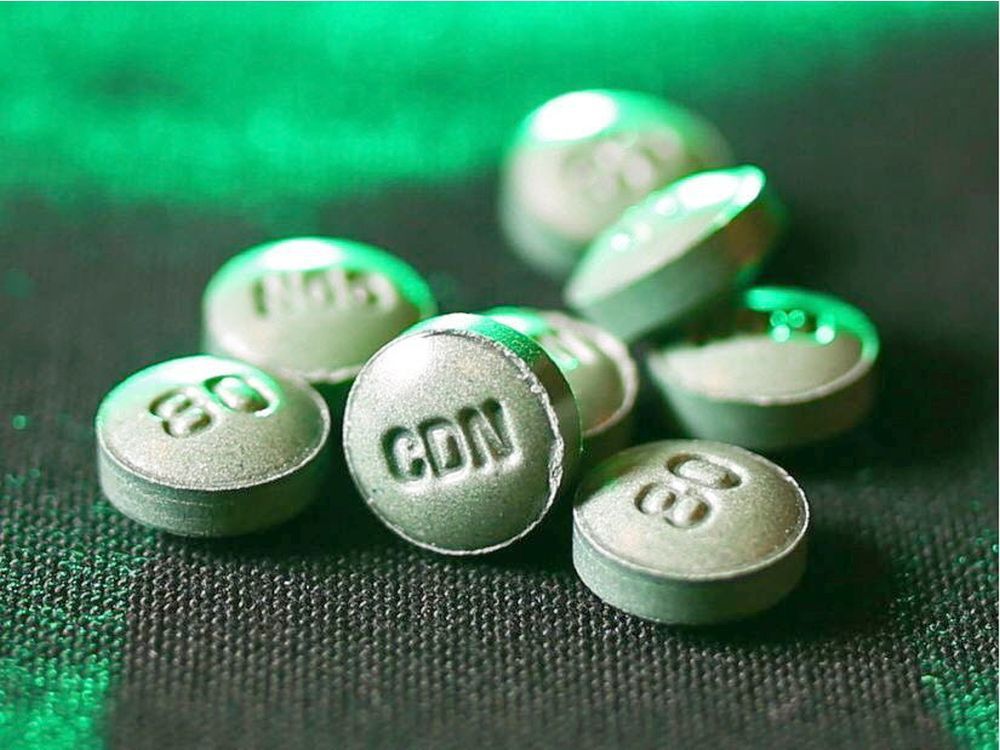doctors waging war on the opioid crisis may soon have a new weapon in their arsenal: a wearable device that detects and reverses the effects of an overdose by automatically administering life-saving medication.the device, which is worn on the stomach like an insulin pump, relies on a series of sensors and a specific algorithm to detect the respiratory patterns that typically accompany an overdose. once they’re detected, it injects naloxone into its wearer to quickly reverse the process. developed at the university of washington and
detailed in the journal scientific reports, the device is currently awaiting approval from the u.s. food and drug administration, which has accelerated efforts to bring such interventions to the forefront of a continuing catastrophe.“the opioid epidemic has become worse during the pandemic and has continued to be a major public health crisis,”
said justin chan, lead author of the study and a uw doctoral student in the paul g. allen school of computer science and engineering. “we have created algorithms that run on a wearable injector to detect when the wearer stops breathing and automatically inject naloxone.”the uw team developed the prototype for the device by combining its sensors and algorithm with a wearable subcutaneous injector system designed by west pharmaceutical services of exton, penn. the creation could one day be the difference between life and death. “this wearable auto-injector may have the potential to reduce fatalities due to opioid overdoses,” said shyam gollakota, co-author of the study and a uw professor in the allen school. “we are hopeful it can have a tangible impact on a big source of suffering in this country.”the system measures respiration using a pair of accelerometers and contains an onboard processor that activates a naloxone injector if it determines breathing has stopped. the device, which has been granted regulatory approval in the u.s., can also share breathing data with mobile devices via bluetooth.a pair of clinical studies were designed to test the device: one recruited 25 volunteers at a supervised injection site in vancouver while the other was conducted in a hospital setting among 20 volunteers who attempted to simulate the signs of opioid-induced apnea by holding their breath. the team said the real-world data from the injection site was invaluable in designing the algorithm used to detect the breathing changes that commonly accompany a fatal overdose and the sensors proved effective at tracking the respiration rates of people with opioid-use disorder.naloxone was only used during the hospital trial, where volunteers were instructed to breathe normally before holding their breath for 15 seconds to simulate the type of apneic event typically indicative of an overdose. subjects who did not move for the 15-second period were injected with naloxone by the device and subsequent blood tests revealed the amount would have been sufficient to reverse an overdose had there been one.more research will be required to increase the comfort and decrease the visibility of the wearable device for longer periods in different environments, researchers said, with further testing needed to ensure it performs as intended on individuals experiencing an actual overdose.“a closed-loop system is useful even in scenarios when overdose events are witnessed as neither friends nor family may be aware that an overdose is occurring,” researchers wrote. “our proof-of-concept system can also be used to alert ems to people experiencing an overdose, who can then provide additional care for patients and help ensure that breakthrough opioid toxicity does not lead to harm.“such a system complements current methods of evidence-based harm reduction and could help ensure that more overdoses that would otherwise be unseen and un-resuscitated could become functionally witnessed and reversed.”
dave yasvinski is a writer with healthing.ca
 3 minute read
3 minute read









